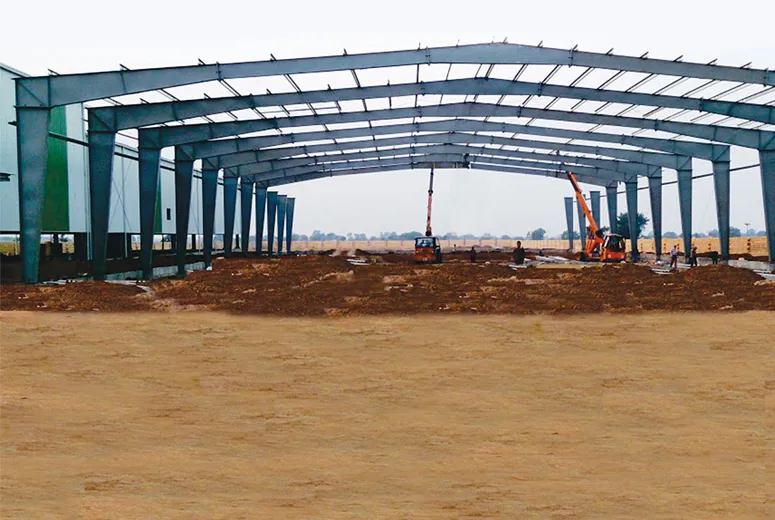- Afrikaans
- Albanian
- Amharic
- Arabic
- Armenian
- Azerbaijani
- Basque
- Belarusian
- Bengali
- Bosnian
- Bulgarian
- Catalan
- Cebuano
- Corsican
- Croatian
- Czech
- Danish
- Dutch
- English
- Esperanto
- Estonian
- Finnish
- French
- Frisian
- Galician
- Georgian
- German
- Greek
- Gujarati
- Haitian Creole
- hausa
- hawaiian
- Hebrew
- Hindi
- Miao
- Hungarian
- Icelandic
- igbo
- Indonesian
- irish
- Italian
- Japanese
- Javanese
- Kannada
- kazakh
- Khmer
- Rwandese
- Korean
- Kurdish
- Kyrgyz
- Lao
- Latin
- Latvian
- Lithuanian
- Luxembourgish
- Macedonian
- Malgashi
- Malay
- Malayalam
- Maltese
- Maori
- Marathi
- Mongolian
- Myanmar
- Nepali
- Norwegian
- Norwegian
- Occitan
- Pashto
- Persian
- Polish
- Portuguese
- Punjabi
- Romanian
- Russian
- Samoan
- Scottish Gaelic
- Serbian
- Sesotho
- Shona
- Sindhi
- Sinhala
- Slovak
- Slovenian
- Somali
- Spanish
- Sundanese
- Swahili
- Swedish
- Tagalog
- Tajik
- Tamil
- Tatar
- Telugu
- Thai
- Turkish
- Turkmen
- Ukrainian
- Urdu
- Uighur
- Uzbek
- Vietnamese
- Welsh
- Bantu
- Yiddish
- Yoruba
- Zulu
ნოე . 08, 2024 05:35 Back to list
Cold-Formed Buildings An Overview
Cold-formed buildings are a staple in modern construction, particularly in the realm of commercial and industrial architecture. These structures boast numerous advantages, primarily due to the materials and methods used in their construction. Cold-formed steel (CFS) components are highly favored for their strength, flexibility, and ease of use, making them ideal for a variety of applications from light frame homes to expansive warehouses and commercial facilities.
The term cold-formed refers to the process by which steel is manufactured into various shapes and sizes at room temperature. This contrasts with hot-rolled steel, where the material is subjected to high temperatures during the shaping process. The cold-forming method retains the integrity of the steel and allows for the creation of complex shapes with precise dimensions. As a result, cold-formed components can be manufactured to tight tolerances, reducing waste and enhancing overall construction efficiency.
Cold-Formed Buildings An Overview
Durability is another key characteristic of cold-formed buildings. Cold-formed steel is resistant to many common issues that plague traditional building materials, such as warping, cracking, or insect infestation. This inherent durability not only extends the lifespan of the structure but also minimizes maintenance costs over time. Furthermore, cold-formed steel is non-combustible, offering enhanced fire resistance and safety, a critical consideration for many building codes and insurance requirements.
cold formed buildings

Sustainability is increasingly becoming a concern within the construction industry, and cold-formed buildings can play a significant role in this regard. Steel is one of the most recycled materials globally, and cold-formed steel products often contain a substantial percentage of recycled content. This makes CFS an environmentally friendly building option, promoting sustainability in construction practices. Additionally, the longevity and durability of cold-formed structures contribute to reduced resource consumption over the lifespan of the building.
Cold-formed construction technology also comes with design flexibility. Architects and engineers can leverage the material’s strengths to create innovative designs that were previously difficult or impossible with traditional materials. The ability to create longer spans and more open spaces without the need for excessive support beams enhances architectural creativity while also maximizing usable space in the building.
Despite these advantages, cold-formed buildings are not without challenges. Engineers must consider the handling and installation procedures, as the lightweight nature of the material can make it more prone to damage during transportation and assembly. Additionally, proper design and detailing are crucial to ensure that cold-formed components can withstand various loads, including wind, snow, and seismic forces.
In conclusion, cold-formed buildings represent an evolving segment of the construction industry that combines innovation with practicality. Their lightweight, durable, and sustainable characteristics make them an attractive option for a range of applications. As technology continues to advance and construction practices evolve, the use of cold-formed steel is expected to grow, paving the way for more efficient and environmentally-friendly building solutions in the future. Whether for commercial, industrial, or residential projects, the versatility of cold-formed steel will likely remain an integral component of modern architecture.
-
Cold Formed Steel Residential Framing
NewsMay.21,2025
-
Innovative Steel Structure Building Solutions
NewsMay.19,2025
-
Innovative Prefab Metal Shed Solutions
NewsMay.19,2025
-
Durable Steel Horse Shelter Solutions
NewsMay.19,2025
-
Durable Metal Shed Solutions
NewsMay.19,2025
-
Durable Big Metal Shed Solutions
NewsMay.19,2025
Products categories
Our Latest News
We have a professional design team and an excellent production and construction team.












